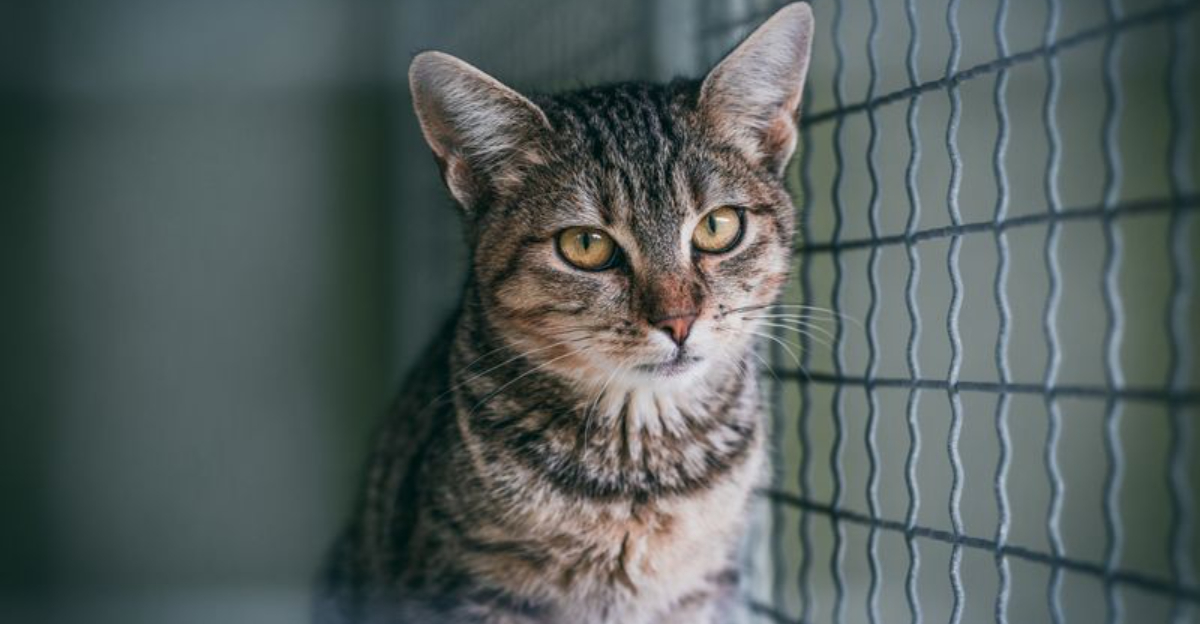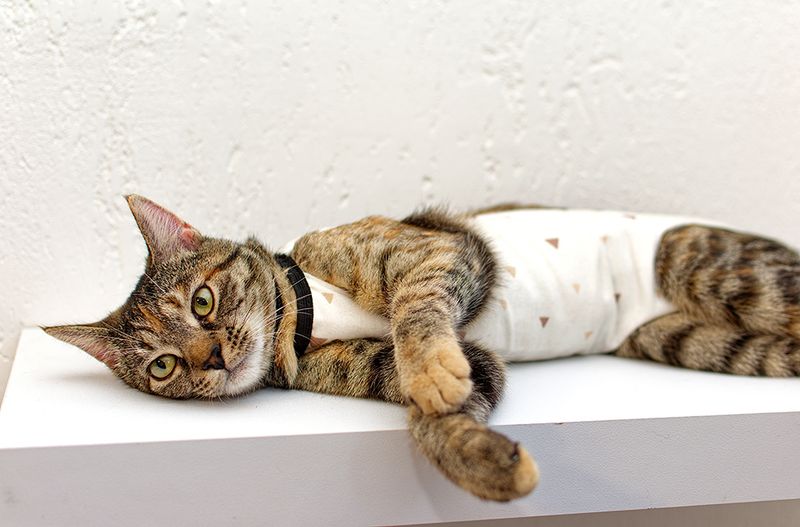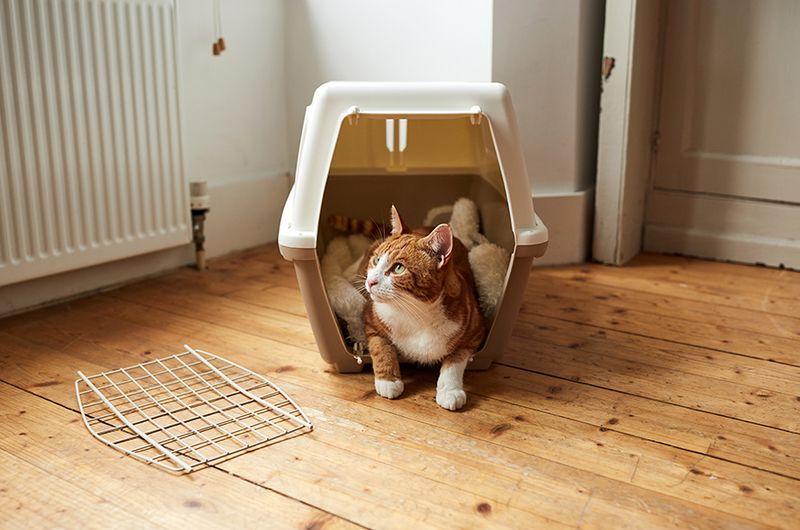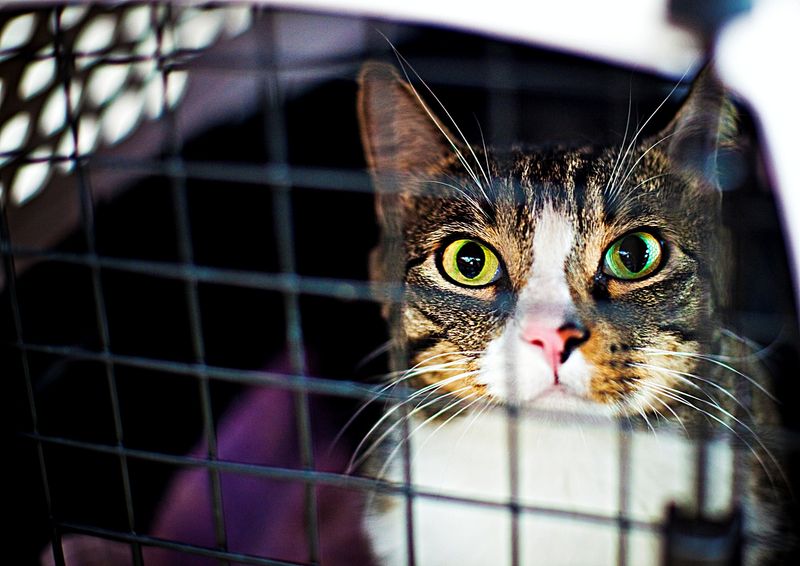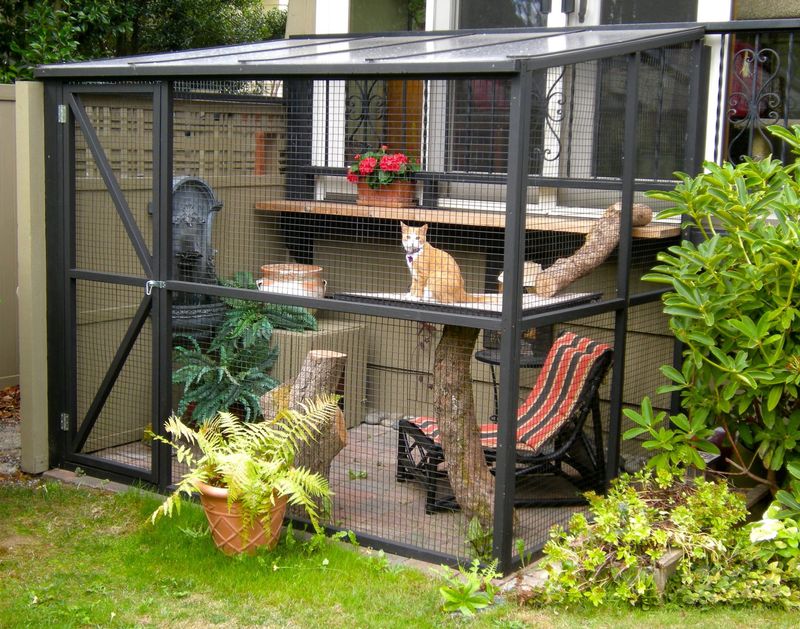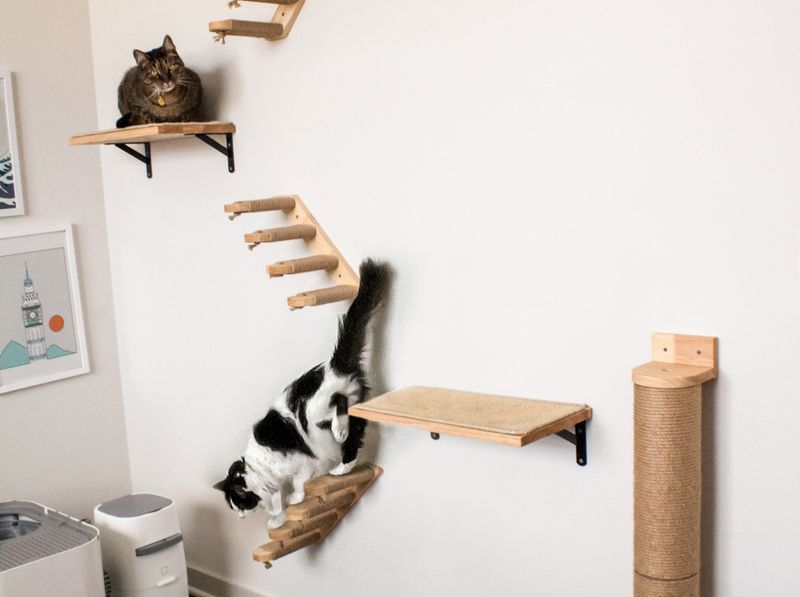📖 Table of Content:
- 1. Post-Surgery Recovery or Medical Treatment
- 2. Introducing a New Cat to the Home
- 3. Travel or Emergency Situations
- 4. Behavioral Training or Litter Box Retraining
- 1. Create a “Cat-Proofed” Room
- 2. Use Baby Gates or Indoor Pet Fences
- 3. Install a Cat Enclosure or “Catio”
- 4. Try Vertical Spaces & Shelving
Caging a cat is a topic that sparks debate among pet owners and animal welfare advocates alike. While it’s widely agreed that cats should not be confined for extended periods, the reality is that certain situations make temporary caging not only acceptable but beneficial for the cat’s health and safety. Knowing when it’s appropriate—and when it isn’t—can make a significant difference in your cat’s well-being.
Rather than seeing a cage as a punishment or permanent solution, it’s important to understand its potential role as a tool. Whether your feline friend is recovering from a medical procedure or adjusting to a new home, brief periods of confinement may help manage stress and prevent harm. But like any tool, the key lies in how it’s used—responsibly, compassionately, and with clear purpose.
For every scenario where caging may be appropriate, there’s often a better alternative that encourages freedom, stimulation, and comfort. In this article, we’ll break down four instances where caging is okay—and just as importantly, offer four thoughtful alternatives to try instead. These balanced strategies ensure your cat’s physical and emotional needs are met, while also giving you peace of mind as a responsible pet parent.
1. Post-Surgery Recovery or Medical Treatment
After surgery or a medical procedure, most cats require restricted movement to ensure proper healing. Preventing a cat from jumping, climbing, or licking wounds is much easier in a controlled, enclosed space. Vets may recommend short-term caging to reduce the risk of torn sutures or reopened incisions. A cozy, clean cage acts like a feline version of bed rest—temporary, but necessary. You’ll also be able to monitor food intake, litter box habits, and overall behavior more easily. This kind of setup works best when the cage includes comforting touches like their favorite blanket or toy. Keep it calm, quiet, and low-stress to aid recovery.
2. Introducing a New Cat to the Home
Bringing a new cat into a home already occupied by other pets requires careful management. Introducing them through a cage can prevent confrontations while allowing visual and scent familiarity. This method minimizes the chances of territorial aggression and fear-driven responses. While the cage serves as a safe observation zone, it’s not a permanent residence. Gradual, supervised interactions should follow once both cats seem relaxed. Using treats and positive reinforcement during these sessions helps build trust. Make sure the caged cat still receives plenty of affection and play to reduce stress during the transition.
3. Travel or Emergency Situations
Transporting cats by car or plane requires safety and containment, and cages or crates are essential in these moments. Cats are curious and easily frightened, which makes them prone to darting off in unfamiliar environments. A secure crate protects them from injury and gives them a familiar spot during unsettling times. Emergency events—like natural disasters or moving houses—may also call for temporary caging. What matters most is ensuring the crate is comfortable, well-ventilated, and not used beyond what’s necessary. Keeping your voice soothing and adding a familiar-smelling item can help them feel more at ease. Never forget that their stress is real—even if the confinement is brief.
4. Behavioral Training or Litter Box Retraining
Sometimes, cats develop unwanted behaviors like inappropriate urination or spraying due to stress, medical issues, or territory disputes. A short confinement period can help re-establish healthy litter habits in a contained, stress-free space. It also allows you to observe their routine more closely and intervene if needed. During this time, the environment should still be enriching—think toys, scratching posts, and soft bedding. Use this period alongside behavioral cues and positive rewards to encourage desired habits. Always rule out medical issues with a vet before considering this route. Most importantly, make it a phase, not a lifestyle.
1. Create a “Cat-Proofed” Room
Designating a cat-safe room can offer all the security of a cage without the confinement. Instead of bars, they get walls and doors that keep hazards out and comfort in. This space can include cozy bedding, food and water, scratching posts, and a clean litter box. Cats thrive in quiet areas with some degree of autonomy—and this setup delivers that. Windows for sunbathing and safe toys for stimulation can enrich their environment significantly. A spare room, large bathroom, or even an office can easily be transformed with minimal effort. It provides boundaries while still respecting their independence.
2. Use Baby Gates or Indoor Pet Fences
Setting up baby gates or adjustable pet barriers is an underrated yet brilliant way to manage your cat’s movement. Unlike full confinement, these tools allow them to see and sense the environment while staying safe. This method is perfect for keeping curious paws away from stairs, kitchens, or off-limit rooms. Stacked baby gates can also discourage climbing without making the cat feel caged. Be sure to reinforce good behavior with praise and treats when they respect boundaries. The goal is to guide them—not punish them. It’s a subtle balance between structure and freedom.
3. Install a Cat Enclosure or “Catio”
For cats who love the outdoors but need protection from traffic, predators, or getting lost, cat enclosures are a dream come true. These “catios” allow fresh air and sunbathing without the risks of free-roaming. Built as an extension of your home or freestanding in the yard, they give cats a taste of the wild—safely. Inside, you can add platforms, tunnels, and toys to create a cat paradise. It satisfies their curiosity while ensuring peace of mind for you. DIY or store-bought options range in size and cost, making this an accessible upgrade. It’s the ultimate blend of stimulation and security.
4. Try Vertical Spaces & Shelving
Cats are natural climbers who feel safer when they can observe their environment from up high. Instead of confinement, give them vertical freedom with cat trees, wall shelves, and window perches. This satisfies their need for space without taking up floor room. Elevated spots give them control over their territory, reducing anxiety and behavioral issues. You can install these in nearly any room, transforming bland corners into feline-friendly havens. They’ll have a perch to retreat to rather than a cage to hide in. With this setup, the sky (or ceiling) is the limit.
